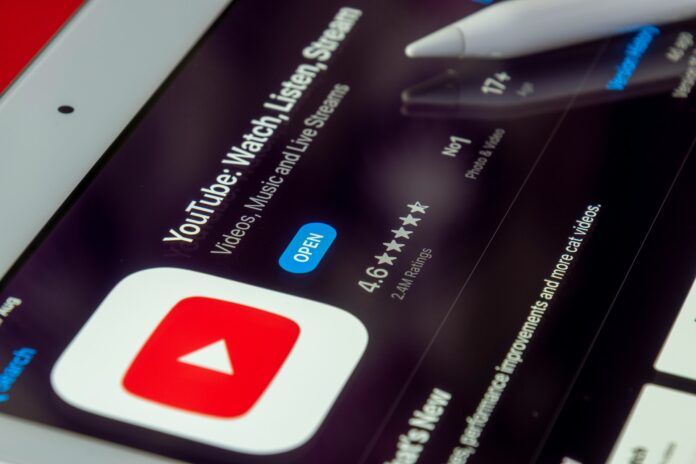New policy targets transparency in AI-generated content amid growing concerns
In a significant move aimed at increasing transparency on its platform, YouTube announced on Tuesday a new requirement for its content creators to label videos that utilize “altered or synthetic media,” including those created with generative AI technologies. This initiative, part of YouTube’s efforts to address the rising concerns over the authenticity of online content, mandates creators to disclose when their videos feature realistic AI-generated visuals or audio.
The requirement, introduced via the Creator Studio, adds an “Altered Content” section where creators can indicate whether their content contains realistic altered or synthetic media by selecting Yes or No. YouTube outlines specific scenarios that necessitate this disclosure, such as using deepfake technology to swap faces realistically, generating voices based on real individuals, altering real places in a believable manner, or creating realistic scenes that could deceive viewers.
Embed from Getty ImagesHowever, YouTube clarifies that the new labelling policy exempts content featuring obviously altered media, such as animation or special effects, and does not extend to non-visual or -audio aspects of video production, like scriptwriting. The platform also exempts videos where the AI-generated elements are clearly unrealistic or inconsequential.
Despite the new tool’s introduction, YouTube acknowledges that enforcement remains a challenge. The company states it will consider enforcement measures against creators who fail to comply with the labelling requirement and may intervene by applying labels themselves. However, without a concrete policy in place, the system currently relies on creators’ honesty.
The AI-generated content label will typically appear in the expanded video description for most uploads. For videos touching on sensitive topics like health, news, elections, or finance, YouTube may opt for a more prominent display of the label to ensure viewer awareness.
As the internet grapples with the implications of increasingly sophisticated AI technologies, YouTube’s initiative represents an important step toward safeguarding the platform’s integrity and helping users discern between real and AI-generated content. However, the effectiveness of this measure will largely depend on the cooperation of YouTube’s creator community and the platform’s ability to enforce compliance
